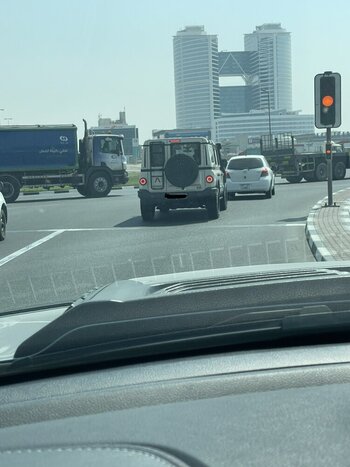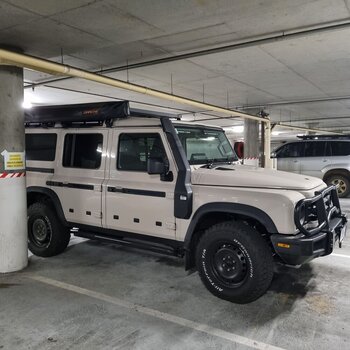Consultants can only configure what
If there is even one single weak or faulty link in this chain, the entire “solution” can fail.
So it's not so easy to just refer to SAP or to the customer. It's a team job. But what I have often experienced is that the customer was simply unable to present a clear definition of their processes. Simply because these processes were not “designed” but have grown over the years.
And that’s why “garbage in, garbage out” applies.
I worked for German air traffic control. The software I worked on was the workstation software for air traffic controllers, the visualization of the radar echoes and the flight vectors that you so often see in films or documentaries.
I was amazed when I saw the configuration system. It contains around 100,000 (no typo) different parameters. With this concept you can control planes in the sky, planes and vehicles on the apron and, if desired, even city buses on their route through the city. The visualization looks completely different for each type of realization. But it's just a configuration matter, the software doesn't need to be changed.
But for a newbie, there is not the slightest chance of configuring even a single parameter without knowing the side effects that this will cause, because the dependencies are so diverse.
That's why the most important skill he needs is: experience.

Dubai Airport, approach and departure airspaces in a very basic configuration
- the customer has defined, including requirement engineered documentation
- he (the consultant) has understood
- is possible
If there is even one single weak or faulty link in this chain, the entire “solution” can fail.
So it's not so easy to just refer to SAP or to the customer. It's a team job. But what I have often experienced is that the customer was simply unable to present a clear definition of their processes. Simply because these processes were not “designed” but have grown over the years.
And that’s why “garbage in, garbage out” applies.
I worked for German air traffic control. The software I worked on was the workstation software for air traffic controllers, the visualization of the radar echoes and the flight vectors that you so often see in films or documentaries.
I was amazed when I saw the configuration system. It contains around 100,000 (no typo) different parameters. With this concept you can control planes in the sky, planes and vehicles on the apron and, if desired, even city buses on their route through the city. The visualization looks completely different for each type of realization. But it's just a configuration matter, the software doesn't need to be changed.
But for a newbie, there is not the slightest chance of configuring even a single parameter without knowing the side effects that this will cause, because the dependencies are so diverse.
That's why the most important skill he needs is: experience.
Dubai Airport, approach and departure airspaces in a very basic configuration
Last edited:





